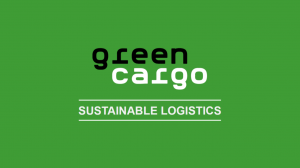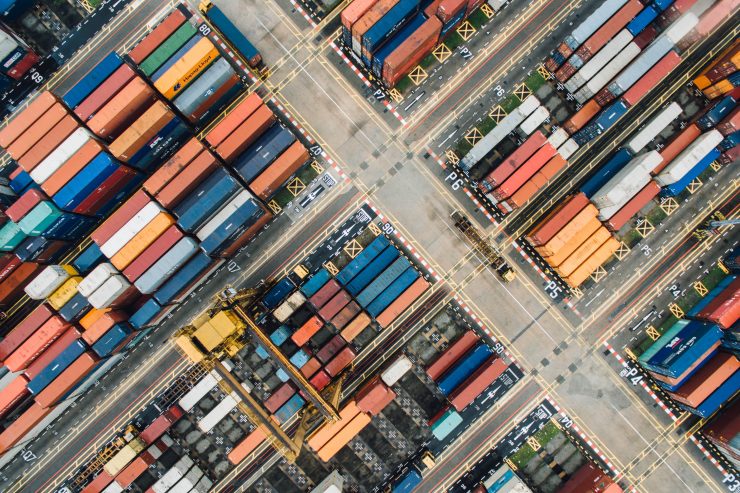We know where and by who our clothes are made: by other people in other countries (Bangladesh, India, Cambodia ..) But how do they travel before arriving at our homes? What is their journey?
Clothing manufacturing is among one of the most polluting industries in the world.
During the past 10 years or so, much greater attention has been paid to how and where our clothes are made, particularly in light of tragedies such as the blaze that tore through a garment manufacturing facility in Bangladesh (Rana Plaza). Since then, the demand for ethically and ecologically-made clothing has soared.
The present area is now witnessing a confrontation between two domains in complete opposition: Economy and Ecology.
Indeed, globalization is about competition. It has engendered a race to bottom prices, pushing companies to find ever-cheaper sources of labor and generating a degradation of the whole supply chain. On the other hand, ethical fashion is starting to boom. Numerous companies try to create and market ethical, eco-friendly products. But it’s not that simple, most of the time they are forced to focus on speed and low costs in order to deliver frequent new collections and stabilize their market share.
The untidiest ecological value, in this case, is transport. Delivery has always been a problem to manage for the fashion supply chain. In 20 years the rate of pollution in the industry has phenomenally increased (a single delivery cargo producing as much pollution as 50 million cars.)
How does delivery works in the fashion supply chain?
In three times: by train and/or ship, and then by truck from the distribution centers to the shops.
For international companies such as H&M, Zara, Topshop or Forever 21, who have to supply their entire stores minimum two times a week, logistic has to be perfectly organized. They produce 1 million products per weeks, and their manufacture are for the most part based in Asia. The finished products (manufactured by suppliers) are shipped by ship or air from the external factories to the central warehouse based in Germany (considered as the transit terminal).
This terminal receives all the goods from all suppliers across the world. Later on, the garments are sent by trains to the different distribution centers and finally arrived at the shops by truck. It is very complex for the delivery system to run properly. They have to employ more than 3200 people, plus transport requires energy via lorry, rail, ship, airplane and each release CO2 along with other emissions.
The emissions of CO2 has dramatically increased within the last past year (+9%) due to an international overconsumption. The more an industry has to produce, the more it has to deliver and the more it has an ecological impact.
Some green innovative solutions and examples!
French and ecological brand:
La Revolution textile :

Local and European vegan production certified (winner of the PETA’s price in 2016). La Revolution Textile is 100% traçable from conception (design) to the delivery of products. The brand is transparent on its whole supply-chain. For delivery, La Revolution Textile uses the postal service La Poste and its “SoColissimo for a responsible consumption” option. With this initiative, La Poste is the first delivery operator to assure the neutrality of carbon in its deliveries, with no additional cost as well as an optimization of its loads. Based on ecological and environmental values the brand has at 100% developed a real ethical brand example.
Green delivery services :
DHL green solution:
Forerunner of the green transport movement the group DHL provides an environmentally responsible shipping option. They aim to improve their CO2 efficiency, including subcontractors, by 30% by the year 2020, compared to our 2007 baseline. DHL Express has developed a carbon reporting methodology with precision and reliability in mind.
By considering actual operational data such as routing, transport mode, and shipment weight for each individual shipment and then applying DHL-specific emission factors, they are able to give you a best-in-class CO2 calculation.
Green cargos, Environmentally certified shipments:

The company provides efficient and sustainable logistics based on rail-freight transportation. They transport goods within Scandinavia as well as to and from the European continent. Shipments by electric trains are the most eco-friendly alternative available on the market. Electric trains carry out more than 90 percent of Green Cargo’s rail freight operations.
This has enabled their freight transportation to be approved as a Good Environmental Choice.
Green Cargo works with the Swiss government and the European Union to assure a minimum percentage of Co2 during transport.
Smart App:
Good on You
The Australian app makes it easy for consumers to shop their values by delivering trusted ratings on thousands of fashion brands straight to your mobile device. Good On You connects people who want to make positive fashion choices with the brands that are doing the most to be ethical, sustainable and fair. Ten days after its launch 10,000 people had downloaded the app.
In March 2017, they launched in the United States and Canada, expanding to Europe in June 2018. With more than 2000 brands referenced, The Good On You app is the world’s leading source of ratings, information, offers and news about ethical and sustainable fashion. More than 150,000 people are connected every month, and their community continues to grow each week.
Look Forward Vision
With suppliers in every corner of the globe, the fashion industry is doubtless one of the most internationalized industry. The fashion supply chain is diverse and complex, spanning four or more tiers, including design, raw material harvesting, spinning, yarn production, dyeing, weaving, cutting, stitching and final garment construction, and distribution. It has many environmental impacts. And, in spite of globalization, the current companies cannot split from their environmental values and their green management. It’s really important to consider every environmental impact during production AND delivery. For that you have to minimize the impact of transportation: always prefer shipping over airfreight for international transportation, and for ground, transport prefers rail over road.
